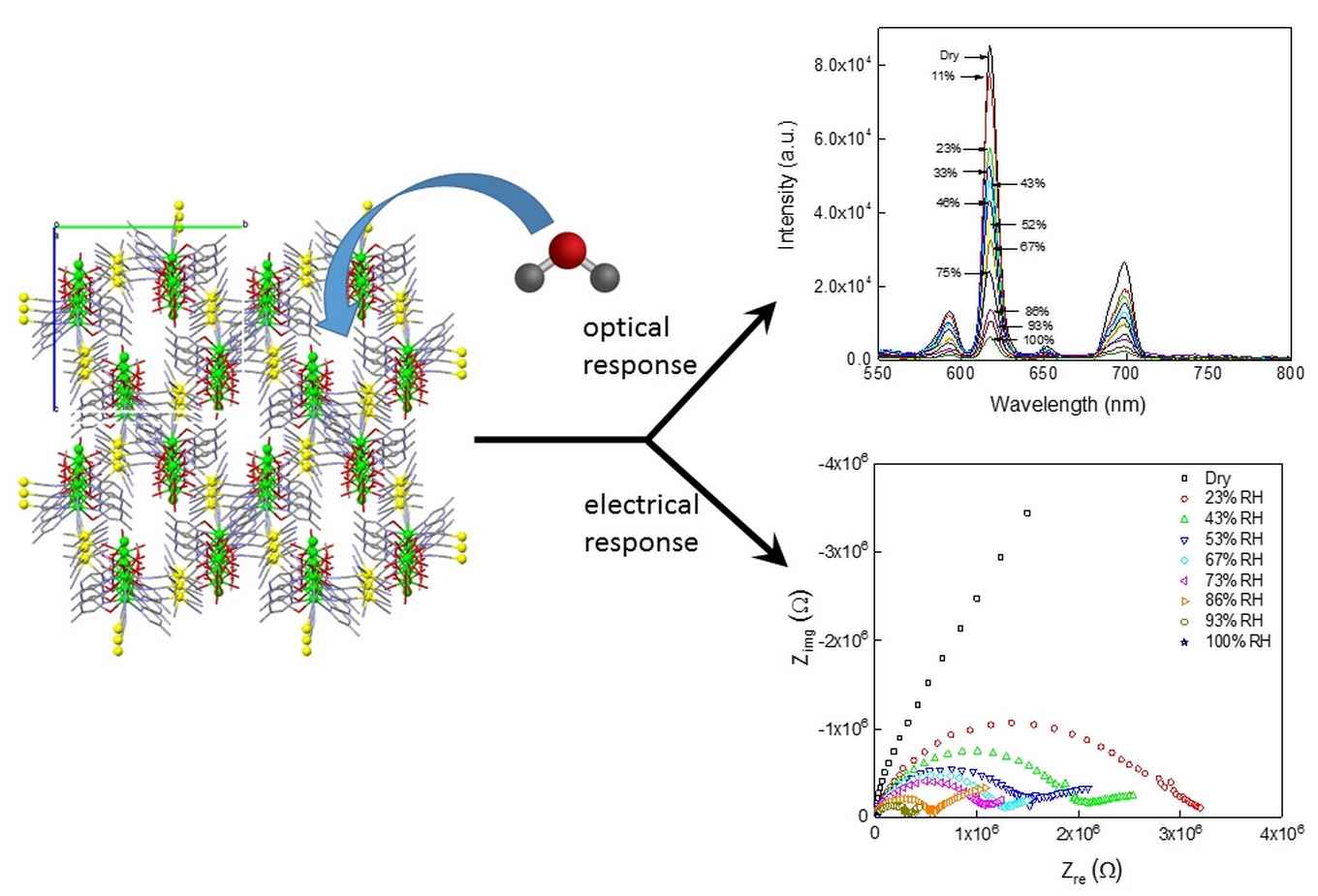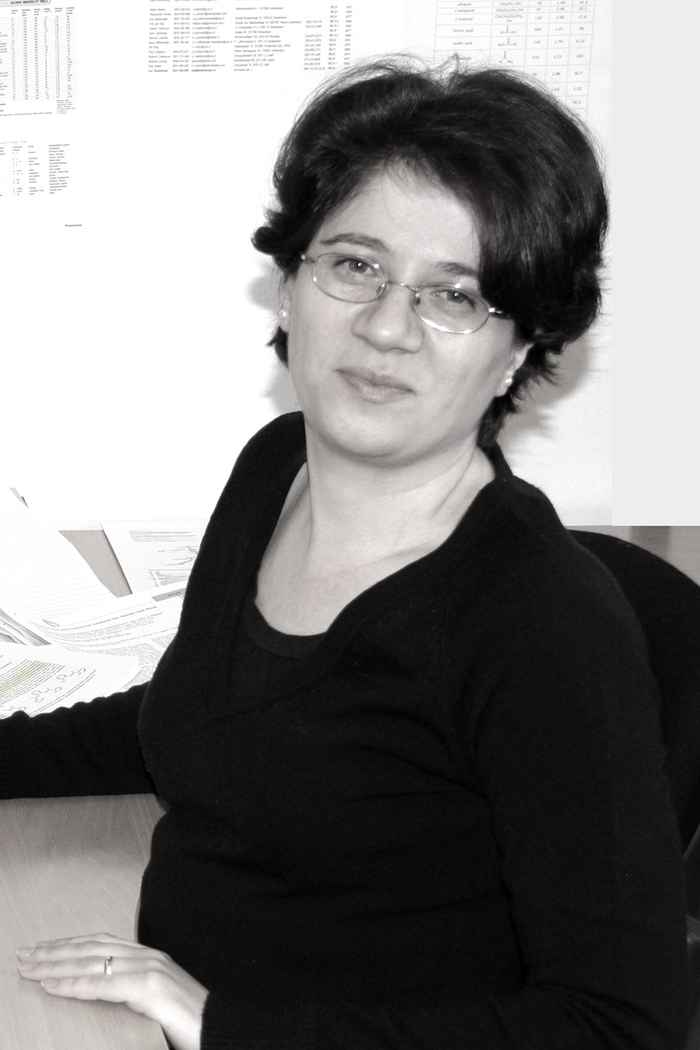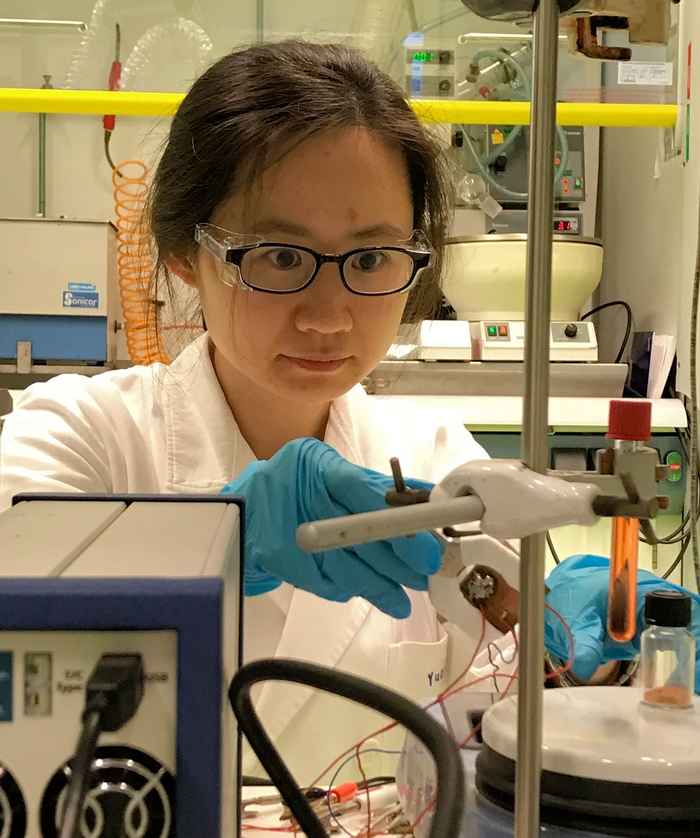Smart materials design leads to new dual-mode humidity sensing
17 April 2017

Humidity sensors play a key role in industry and modern life, including air quality control, food production and monitoring, art conservation, monitoring of oil pipelines, and medical diagnosis. Improving current sensing technologies relies on developing smart sensing materials which can be used in various operating conditions with a fast and reliable response time.
Functional Molecular Materials
Combining various properties in a single molecular material fits current trends toward device miniaturization. It gives the possibility to design single device components that can perform more than one task. The intermolecular interactions present in the crystal structure render these materials susceptible to molecular, temperature, magnetic field, light or pressure-induced phase transitions.

Particularly, the interplay between structure, electrical, and optical properties is highly important for molecular sensing applications. Materials displaying such cooperative properties can be integrated in sensing devices to enhance detection selectivity and to reduce false-positive/negative signals.
Dr Stefania Tanase Grecea, working at the UvA's Van 't Hoff Institute for Molecular Sciences (HIMS) and the Research Priority Area Sustainable Chemistry (Suschem), is an expert on these multifunctional materials. Her synthetic approach for designing tailor-made porous materials with multiple functions has now lead to the new dual-mode humidity sensor.

The research was performed by Grecea’s PhD student Yuan Gao in collaboration with Dr Hong Zhang (Molecular Photonics) and Dr Ning Yan (Fuel Cells and Electrochemistry). The collaboration was actively supported by the Holland Research School Molecular Chemistry (HRSMC), the Research Priority Area Sustainable Chemistry, and the Chinese Scientific Council (through a CSC PhD fellowship to Ms. Gao).
Dual-mode Sensing
The researchers used a combination of photoluminescence and impedance spectroscopic studies to demonstrate the dual-mode humidity sensing behavior of a europium-based metal-organic framework (MOF). This material has highly hydrophilic channels and a large surface-to-volume ratio available for the interaction with water molecules. This is the key to its high sensitivity and fast response time.

The water molecules inside the channels of the MOF influence the optical properties of the europium ions, so that the light absorption and emission profiles can be used for optical response monitoring. Adding to this, the water molecules participate in a hydrogen-bonded network, giving rise to a facile proton migration. This means that the proton conduction properties of the material can also be used to monitor the water content in the framework’s channels.
The combined spectroscopic studies confirmed the dual-sensing capacities of the MOF material and also proved that it retains its structural integrity during multiple dehydration/hydration cycles, a key requirement for practical applications.
Article
Yuan Gao, Pengtao Jing, Ning Yan, Michiel Hilbers, Hong Zhang, Gadi Rothenberg and Stefania Tanase: Dual-mode humidity detection using a lanthanide-based metal–organic framework: towards multifunctional humidity sensors. Chem. Commun., 2017, Advance Article. DOI: 10.1039/C7CC01122A